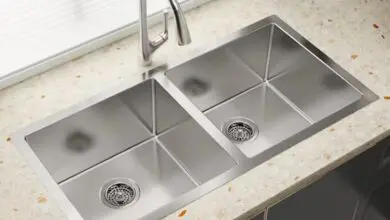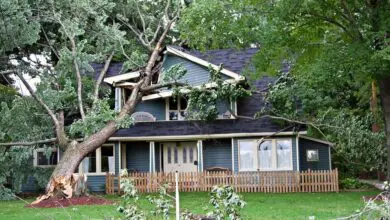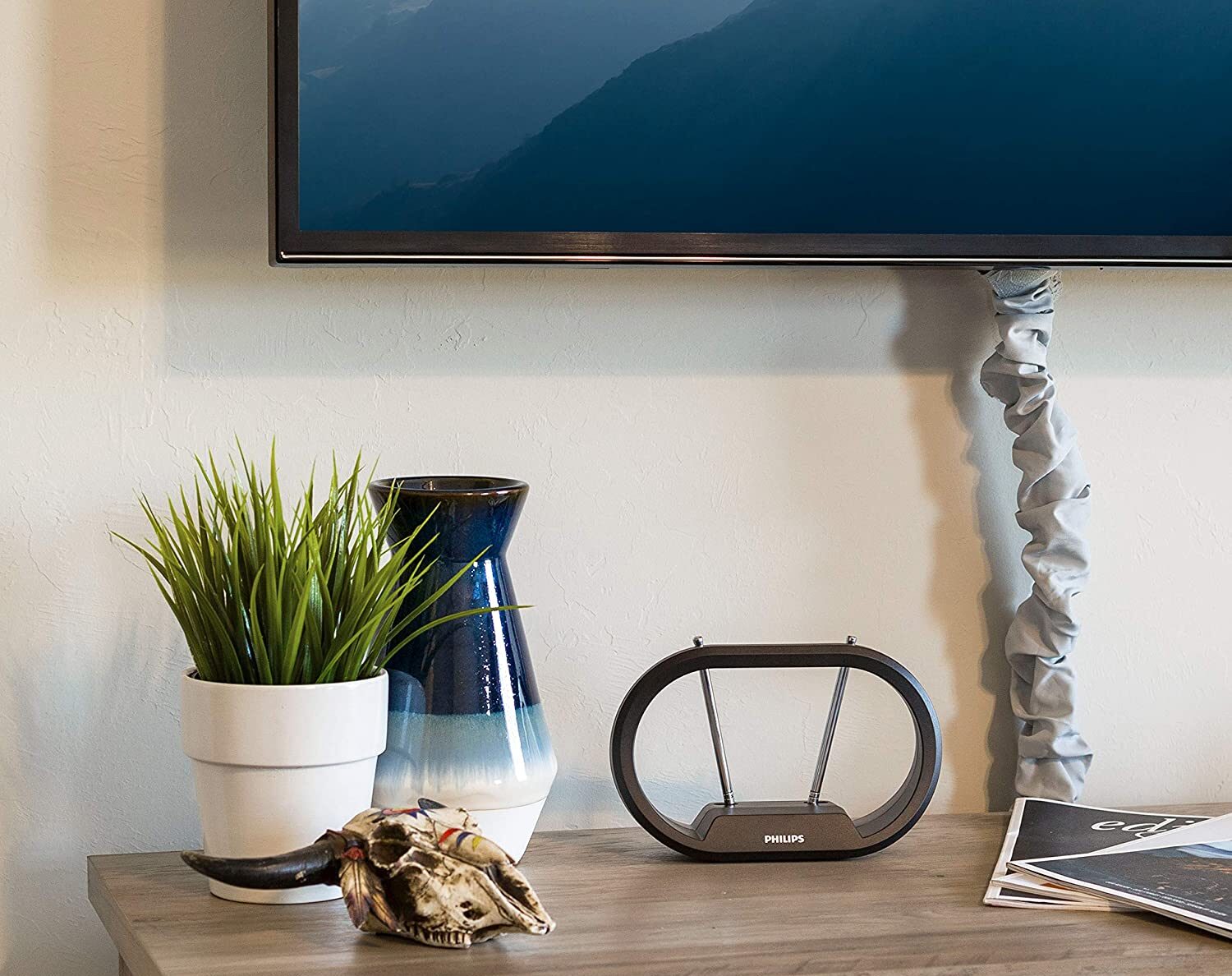
There’s nothing more frustrating than having an antenna that doesn’t reach your favorite channels. Not being able to enjoy their favorite television programs is something that every TV owner wants to avoid. Antennas are expensive, so you expect them to do their job but yet, this is not always true. There are several reasons behind this fact, and once you learn about them, you’ll also know how to enhance the power of your antenna. So, in this article, we’ll try to help you optimize your antenna, and get the most of it.
So, without further ado, let’s get you some more TV channels, shall we?
Number one: Move it around!
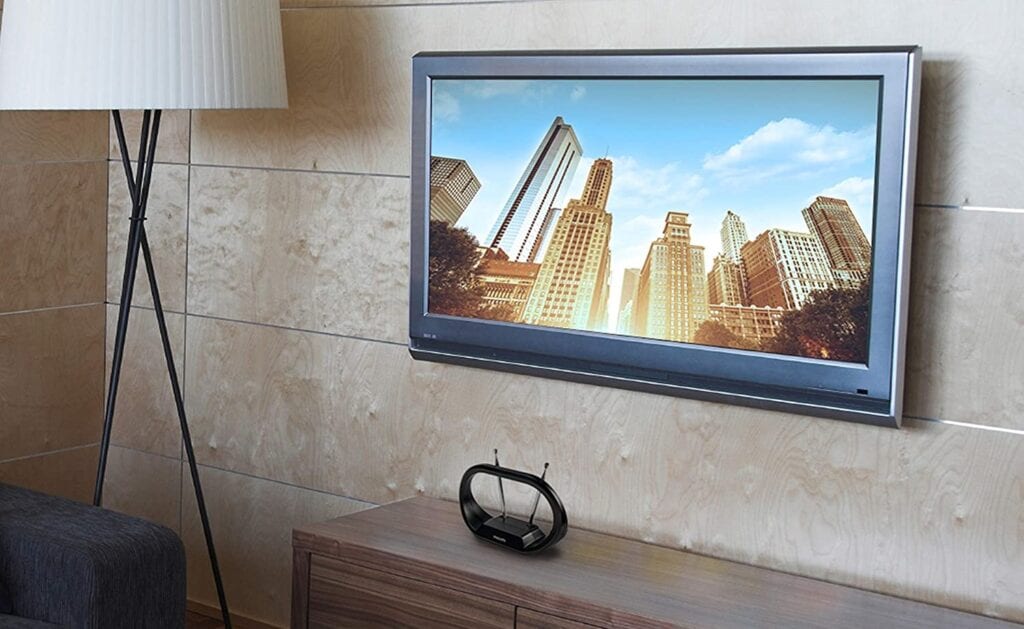
The position of your antenna will determine the strength of your signal, so make sure to put it in different places around your home. The optimal positions are usually near the windows, but not too far from the TV. Of course, finding the optimal spot for your antenna will mostly be a process of trial and error. Many factors contribute to the range of channels your antenna provides for you, so trying out different spots might be the best way to get more of them.
All in all, if you haven’t tried it already, make sure to position your antenna in various locations around the house, since it’s the best way to gain access to TV channels without much effort.
Number two: Face it towards the transmitter tower
Do your research and find the exact location of the nearest transmitter towers. Facing your antenna towards the TV transmitters can work wonders for your need to broaden your TV channel list. Of course, you’ll have to consider all the possible geographical interferences, so sometimes you’ll still need to move it around to get the wanted results. Other than that, there’s a lot of useful multi-directional antennas available, so you might want to look into that too.
Whatever you do, make sure your antenna is facing the transmitter towers near you. That’s important because of the way signaling works. You wouldn’t face your remote controller opposite to the TV, now wouldn’t you? So, don’t do it with your antenna either!
Number three: The higher the better
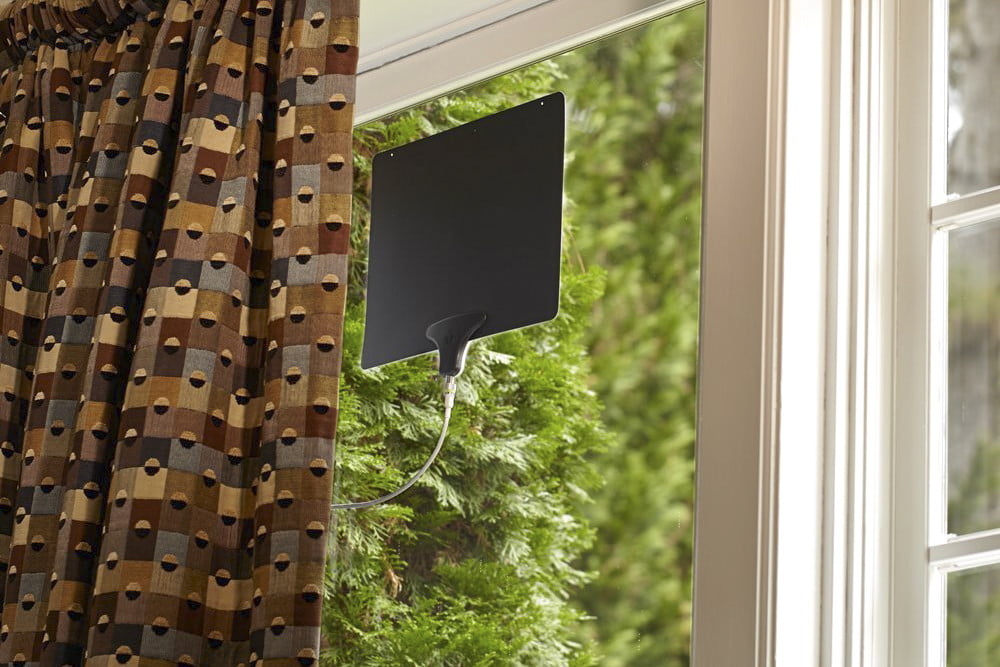
If your house has more than one floor, consider repositioning your antenna to the highest one. The higher it is, the better chances you’ll have to finally get those channels you were hoping to get.
Even if your home has only one floor, you can still put your antenna at the highest point inside your house. Still, make sure the antenna is facing in the appropriate direction, and try to put it in different spots until you find the optimal one. It might be a bit annoying, but once you start getting some extra channels, it will all pay off.
So, all things considered, placing your antenna a bit higher than usual is worth a shot. It can help you get more TV channels since it will be able to receive a better signal from the high transmitter towers.
Number four: Seek some professional advice
A professional service dealing with antenna issues and installation can help you get more channels in no time. Make sure to find a reliable servicer near you and check for their previous experience. While hiring a professional to help you find the perfect antenna spot can be a bit costly, it will certainly pay off in the long-run. You can click here to check a prime example of such a service, so you’ll better know what to look for when searching for it.
Whatever you do, make sure to do your research and ask around until you find a trustworthy aerial service. It could save you a lot of time and effort, and you would be able to get tons of useful advice for future reference.
Number five: Replace any old cables
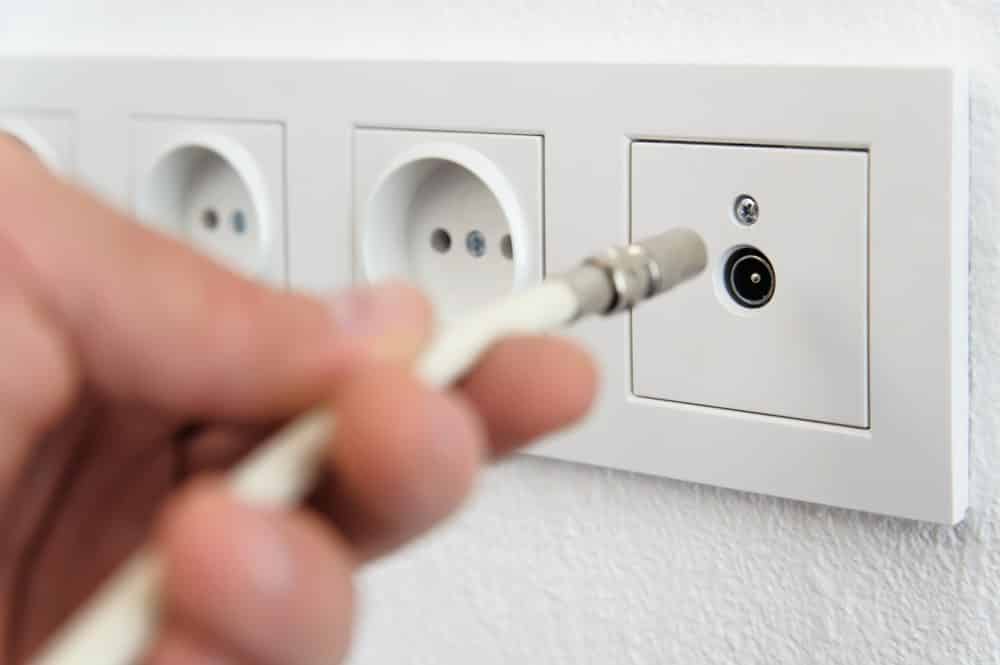
Malfunctioning or defected cables that connect your antenna to your devices can greatly impact its effectiveness. Even if there’s nothing wrong with your cables, switching up to a higher-quality type will help enhance the antenna’s capabilities. It might sound a bit odd, but many people report great improvements on their antenna once they’ve replaced their cables.
Of course, you’ll have to do some research to find the best possible cable for your antenna. Make sure they’re compatible and ask other users about their experiences. Luckily there’s a lot of places where you can find all the answers needed to pick the optimal cable to replace the old one with. So, join some Facebook groups, or ask your acquaintances for some advice. You can also seek additional tips and advice from a professional aerial service in your area.
Number six: Get an amplifier
An amplifier or a booster is a great investment to make if you want your antenna to reach more TV channels. So how to choose the amplifier for your indoor antenna? Well, it will mostly depend on the antenna model you have installed inside of your home. It’s essential that you do some googling or check out some of the many online amplifier reviews.
Still, an amplifier can make the situation worse if you’re not careful. So, always make sure it’s not interfering with your TV experience! If your indoor antenna came with an amplifier, try turning it off and see whether any additional channels appear or not.
All in all, a good, high-quality amplifier can do wonders for your reception. The most important thing is to ensure the booster is compatible with your aerial.
Number seven: Remove sources of electronic interference
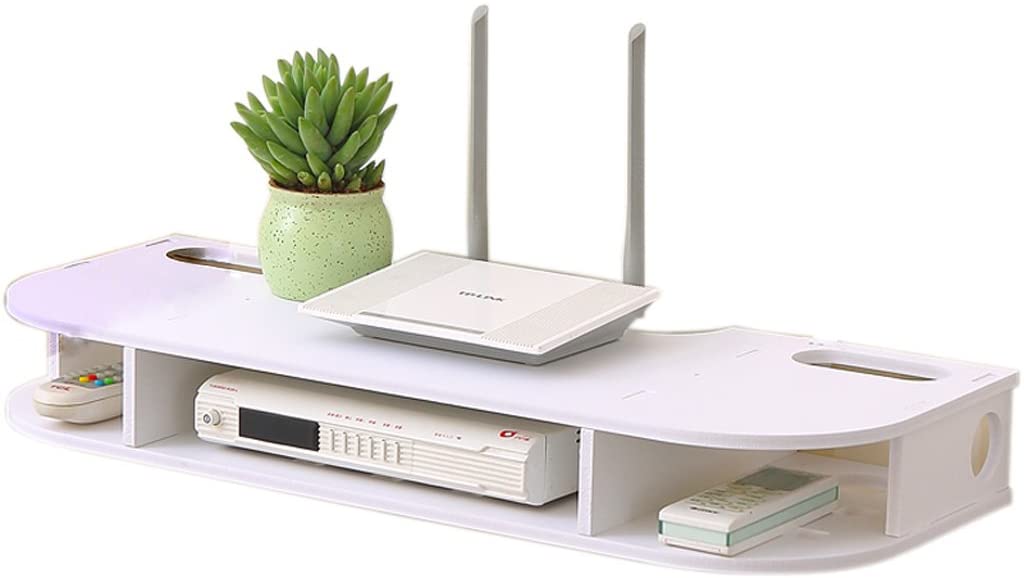
If you have a lot of electrical gadgets near your antenna, chances are that your reception won’t be as good as you expect it to be. Try moving your antenna as far as possible from these sources, or alternatively, move your electronics such as wi-fi routers to another room. It might completely transform your reception, so always make sure to try it.
The best way to find the source of the interference is to do some experimenting. Try plugging out all of the potential interfering sources, and start testing your reception. Plug them in, one by one, and you’ll soon find the reason for your poor reception
All in all, there are tons of ways to make your reception issues go away. Whatever you do, make sure to do some research and seek professional advice if necessary.

